Elevating Slope Stability: The Geocell Grid Solution
Slope protection is a critical aspect of environmental and civil engineering, aimed at preventing soil erosion, and landslides, and promoting vegetation growth on steep surfaces. With the advent of innovative technologies, the geocell grid system has emerged as a sustainable and efficient solution for slope protection. This popular science article delves into the essence of geocell grids, their application on various slopes, the concept of slope grids, and the compelling reasons behind their growing popularity.
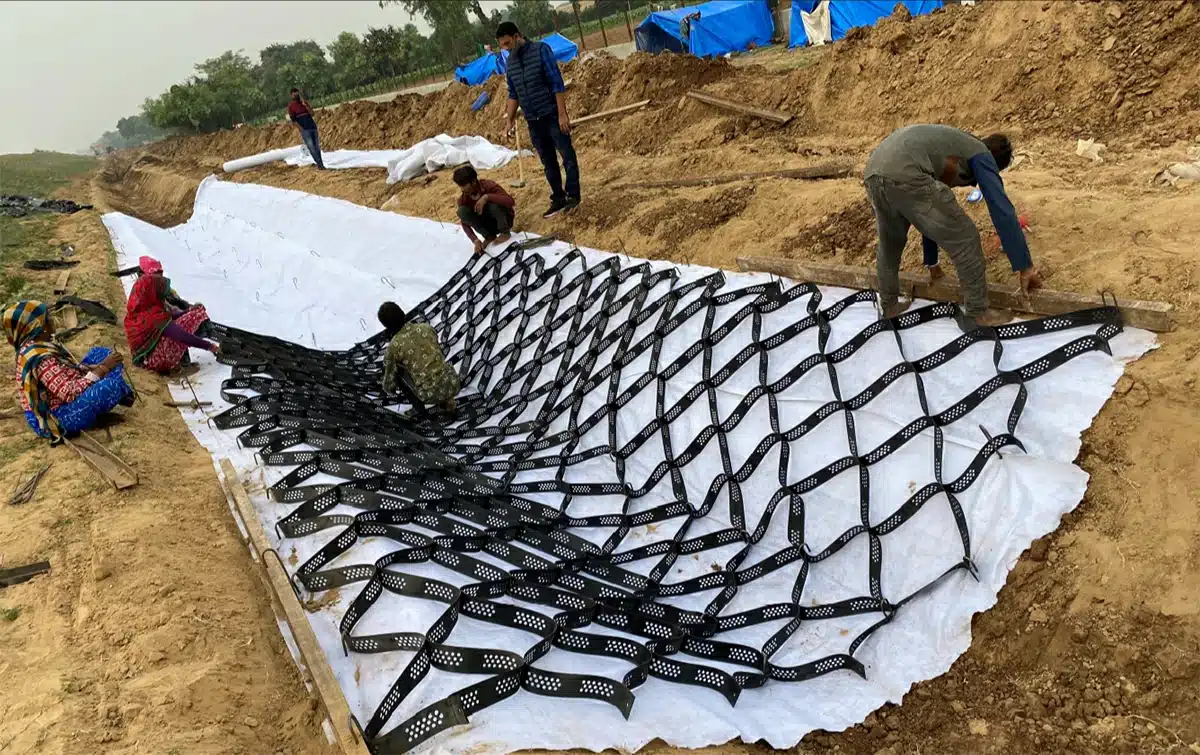
What is a Geocell for Slope Protection?
A Geocell for slope protection is a three-dimensional, honeycomb-like structure made from high-density polyethylene (HDPE) or other polymeric alloys, employed to protect slopes from erosion and assist in stabilizing the surface. It is specifically designed to confine and stabilize soil on slopes up to 45 degrees, thereby promoting vegetation growth and preventing erosion. The cellular confinement system effectively holds the fill material, such as soil, sand, gravel, or concrete, within its cells, creating a stable and durable surface that can support various types of vegetation and resist erosive forces even on steep inclines.
What is the Maximum Slope for Geocell?
“What is the Maximum Slope for Geocell?” is a critical question that hinges on several factors, including the type of soil, the geocell material and design, and the specific environmental conditions. Generally, geocell systems can be applied on slopes ranging from 1:1 (45 degrees) to even steeper inclines, with proper engineering and reinforcement measures. The design of a geocell system for a particular slope requires a detailed analysis of the site conditions and the intended use to ensure stability and effectiveness.
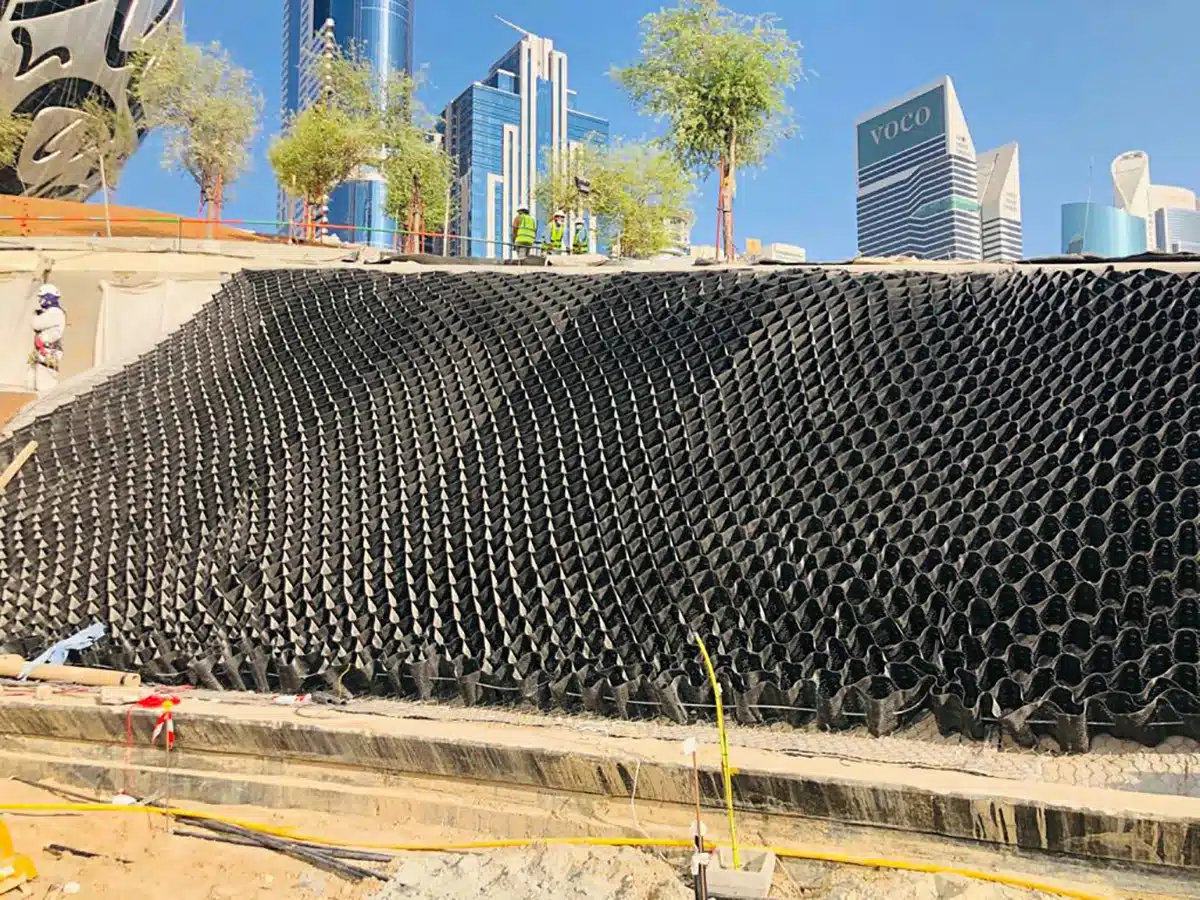
What is the Maximum Slope for Geocell?
“What is the Maximum Slope for Geocell?” is a critical question that hinges on several factors, including the type of soil, the geocell material and design, and the specific environmental conditions. Generally, geocell systems can be applied on slopes ranging from 1:1 (45 degrees) to even steeper inclines, with proper engineering and reinforcement measures. The design of a geocell system for a particular slope requires a detailed analysis of the site conditions and the intended use to ensure stability and effectiveness.
Why Use Geocell?
Geocells are favored for slope protection due to their versatility, efficiency, and environmental benefits, all aimed at protecting slopes from erosion and helping stabilize the surface. They offer significant advantages over traditional slope stabilization methods, including:
- Erosion Control: Geocells effectively prevent soil erosion by confining soil particles within their cellular structure, directly contributing to slope protection.
- Vegetation Support: By retaining moisture and providing a stable environment for root growth, they promote the growth of vegetation, further securing the soil against erosion.
- Cost-Effectiveness: Geocells prove to be more cost-effective in the long run compared to conventional methods, reducing the need for maintenance and repairs, and thereby offering a sustainable solution to slope stabilization.
- Flexibility and Durability: Capable of adapting to changes in terrain and weather conditions, geocells offer a long-lasting solution to maintain slope integrity.
- Environmental Friendliness: Made from recyclable materials, geocells provide an eco-friendly alternative to hard construction materials, aligning with efforts to protect the environment while stabilizing slopes.
The use of a geocell grid for slope protection represents a modern approach to addressing the challenges of soil erosion and slope stabilization. By understanding what geocells are, the slopes they can protect, the concept of slope grids, and the reasons for their effectiveness, we can appreciate the innovative nature of geocell technology. As we continue to seek sustainable and efficient solutions for environmental protection, geocell grids stand out as a promising option for preserving our landscapes while promoting safety and biodiversity.
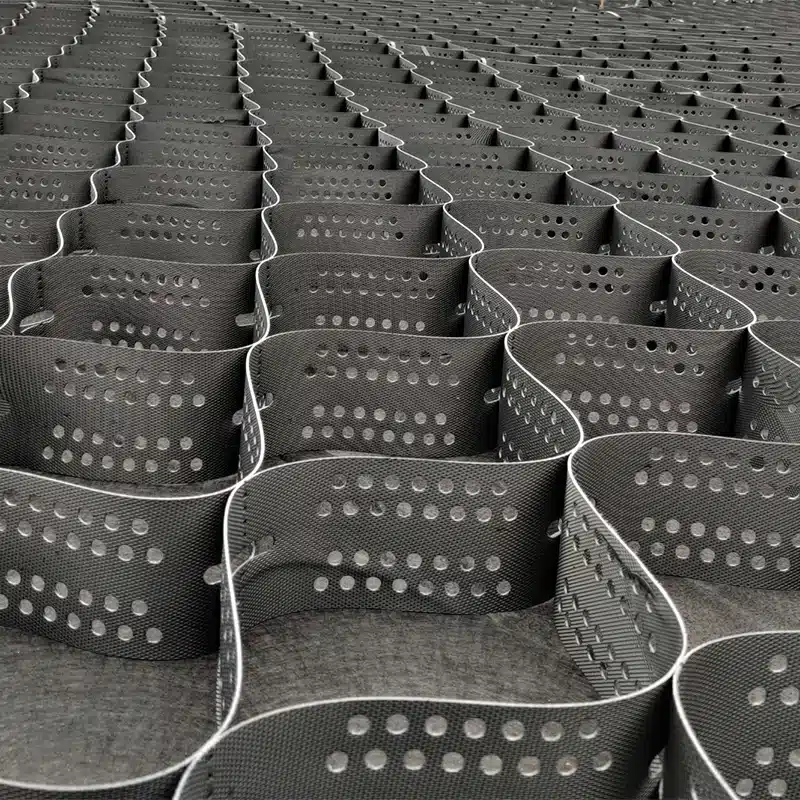
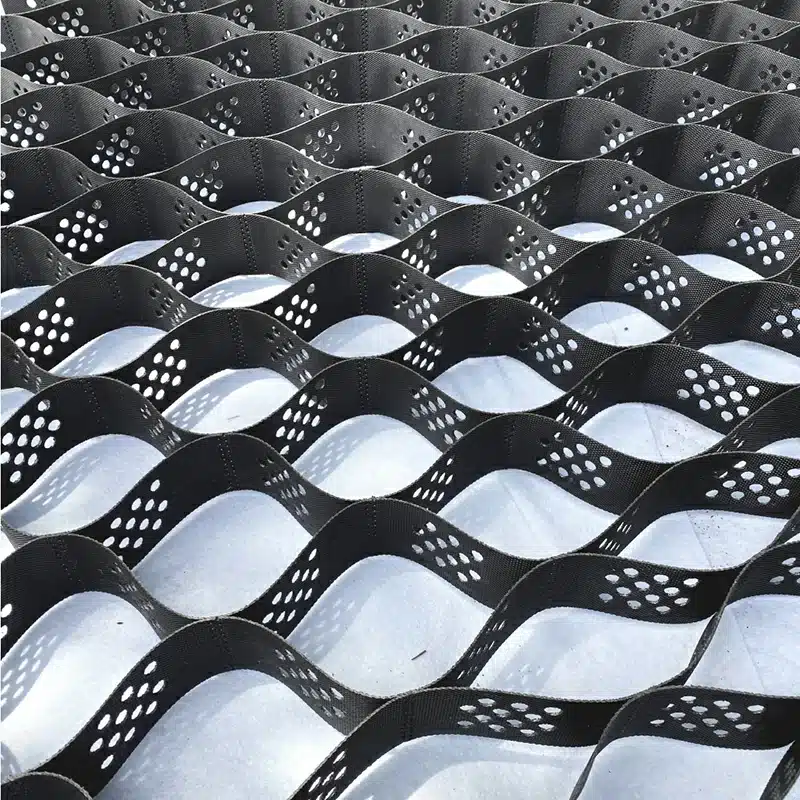
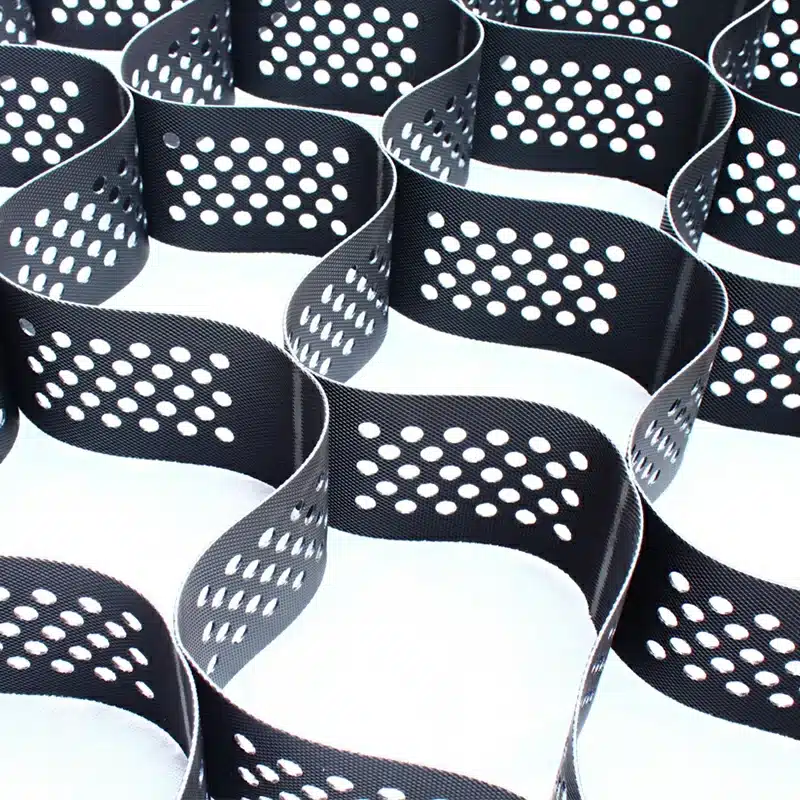
Comments
Post a Comment